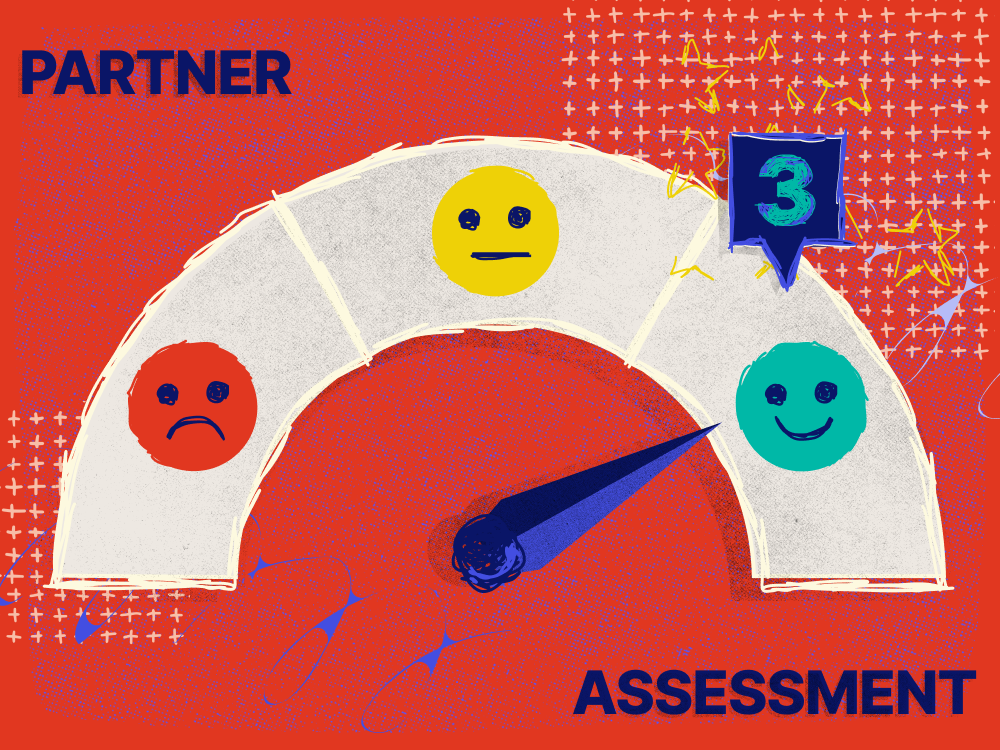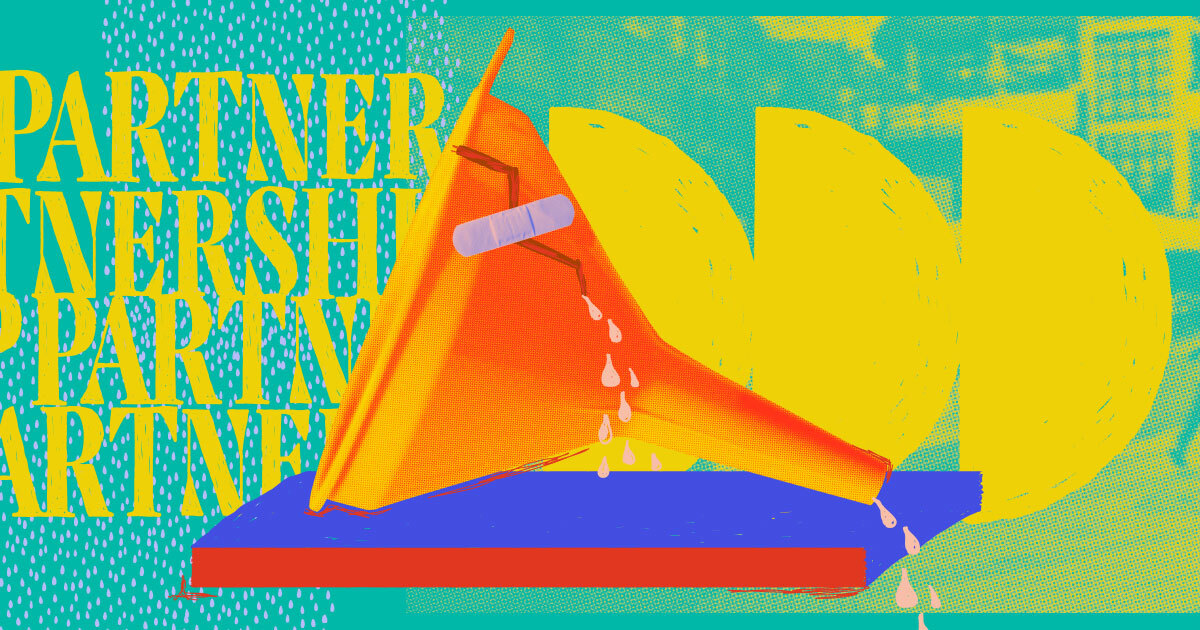When building out a partner program, affiliates are a key component to your success. We’ve talked about the red flags affiliates should look for before joining partner programs, but what about from the other side — when you’re the owner of the partner program and you’re screening affiliate applications?
There are several potential reasons a partner wouldn’t be right for any given program. We spoke with customer success manager Ola Ogungbemile about how to recognize red flags and evaluate potential partners as efficiently as possible so you’re bringing on the best ones for your program.
One of the important tasks a partner program needs to do is define the perfect partner, says Ogungbemile. “That means knowing the prerequisites to any partner engagement exercise you will ever do, understanding your partnership goals and based on those goals, what your ideal partner persona is.”
Once you've completed the persona exercise, it becomes easy to determine whether someone fits within your affiliate partner program.
You might also like: Here’s how Riipen builds enablement with four partner personas.
Review partner applications carefully for these red flags
Ogungbemile says one of the most common red flags is a potential partner providing incorrect information on their application. “You can ask [the affiliate partner] questions about audience size, domain authority or web traffic.” While the partner can give you that information, he says that part of the program’s due diligence is to double-check that what they say matches their business reality.
If they don’t share enough information or don’t answer all of your screening questions, that’s a major red flag.
Partner red flag #1: Their products aren’t aligned with yours
What is the affiliate partner selling? Are the products or services similar to yours? If they’re selling products like cameras but you’re selling a SaaS product, then that misalignment would exclude them from your program.

Partner red flag #2: They don’t have a website
It seems obvious, but a lack of a website is a red flag even if they have a social presence on other platforms. The exception to this is if you’re solely working with social media influencers.
That’s because it can take time, even years, for a website to grow its audience to the point where it can be monetized by applying to affiliate programs. Applicants without a website won’t provide the returns you want for a long time, even if they build a website around your specific product or service. This can lead to the next red flag.
Partner red flag #3: They’re a low-quality affiliate
Without a website or with a relatively new website, there’s no way to measure the quality of the leads from the affiliate. There isn’t enough history or metrics to quantify or qualify them as a partner.
See more: Busting the most common myths about affiliate marketing.
How to avoid spending time screening poor affiliate candidates
We’ve talked about how to recognize affiliate red flags, but no partner manager wants to spend the majority of their time manually screening applications. That’s where you can automate the process, says Ogungbemile.
“When you have your ideal partner persona figured out, you can actually build partner assessment criteria,” he says. He goes on to explain that a program can build out a rubric that assesses and grades potential partners based on the criteria that informs the ideal partner persona. “With all of those dimensions you can score [applications] on a low, medium, high rubric,” he explains. “A low is a one-point score, medium is a two-point score, high is a three-point score.”
One benefit is that a rubric would be objective during the assessment. “A lot of partner managers aren’t making objective decisions in terms of accepting a partner,” says Ogungbemile. “But if you have a grading system, [partner applications] will have the same exact score and the partner managers can make an objective decision every single time.” Once you’ve scored your potential partners, it also provides future opportunities and ways of working with these partners.

Related: Recruit your first 100 revenue-generating partners.
For example, a high-scoring applicant who makes it into the program may receive more active, high-touch personal communications from the partner manager as there is a stronger chance of conversions, sales and referrals. A partner who may not have scored as high may not receive the same level of personal communication as the higher-scoring partner. This allows the partner manager to better use their time to maximize success for both the program and the affiliates.
However, that doesn’t mean that all high-scoring applicants will become successful partners. As An Mai, a seasoned customer success manager with PartnerStack shares in this article, the partner program has a responsibility to ensure the partner is properly onboarded. Ogungbemile agrees, saying that all partners have to be given the same tools and opportunities to succeed.
Taking the time to understand your ideal affiliate partner persona and creating solid vetting criteria can help you identify red flags early. That means you can prevent them from entering your program, causing issues and wasting valuable time and resources.







.jpg)



